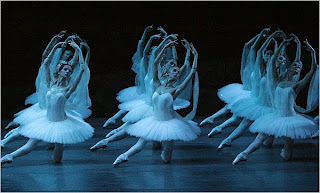This website talked about the several different ways that math is involved in ballet. This website was a blog that was similar to a lot of other websites I came across, however it still had a lot of good information. This website gave a variety of different examples of math in ballet, such as spatial formation, angles, symmetry, and counting the music. When dancing in a group, dancers stay in formations. These formations are usually geometrical.
This website was useful because there were a lot of different examples, so when I have to narrow down my topic this will be a great website to refer back to. The example I found the most useful was spatial formation because not very many other websites had information o this topic.





